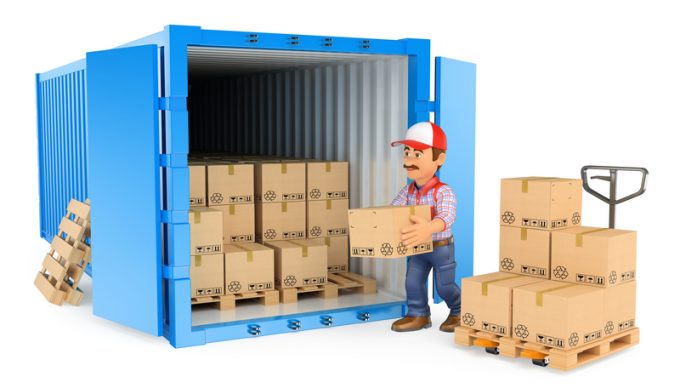Cargo consolidators turn to FCL as global market dynamics change
The pandemic-linked supply chain disruption undeniably boosted the niche less-than-containerload (LCL) NVOCCs and traditional freight ...

The era of the full container load (FCL) is coming to an end, which will transform the freight logistics industry, according to one China-based supply chain veteran.
Booming e-commerce, shifting sourcing trends and the rise of emerging markets are all driving a preference for smaller shipments, said Tommy Lui, North Asia managing director of IDS Medical Systems.
“Less-than container load (LCL), small orders and diverse geography are the future for logistics,” he told The Loadstar.
“The model is shifting because, firstly, now is a huge time ...
Volcanic disruption at Anchorage could hit transpacific airfreight operations
Macron calls for ‘suspension’ – CMA CGM's $20bn US investment in doubt
De minimis exemption on shipments from China to the US will end in May
Forwarders stay cool as US 'liberation day' tariffs threaten 'global trade war'
Shippers snap up airfreight capacity to US ahead of tariff deadline
Looming Trump tariffs will create 'a bureaucratic monster' for Customs
Mixed response in US to 'Liberation Day', while China leads wave of retaliation


Comment on this article
mahendra godara
November 20, 2017 at 1:34 pmComing india